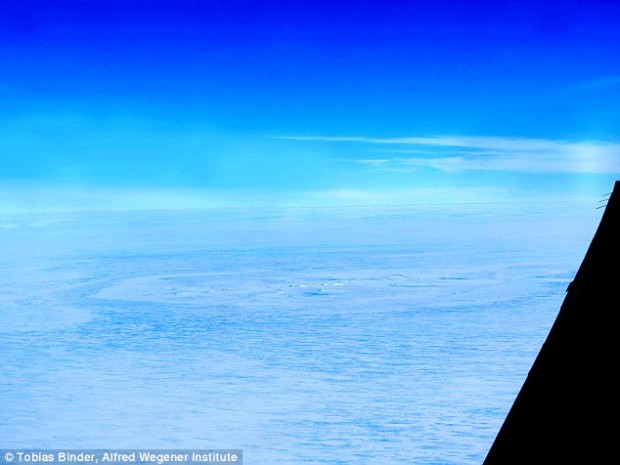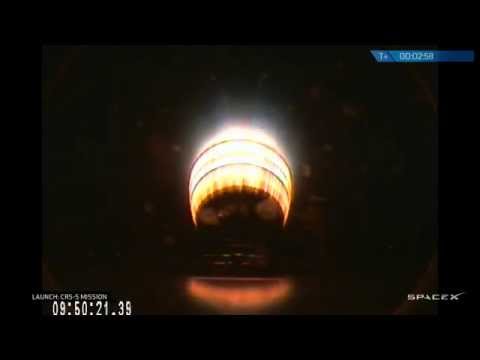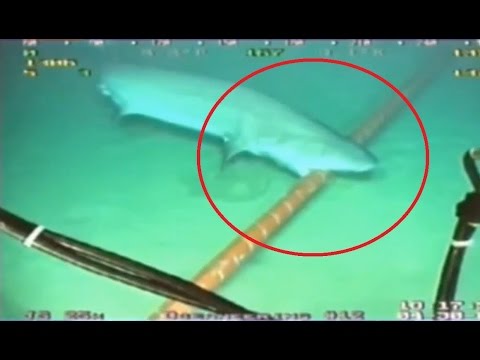Today, under the heading of “Close, but no cigar,” SpaceX released video of its Falcon 9 booster’s failed landing following last weekend’s successful launch. This was the company’s first attempt at retrieving one of its boosters for reuse, and it publicly stated that it wasn’t expecting success on the first try. But the video will clearly provide some information on what went wrong with the landing.
It shows the booster drifting above the barge that was its intended landing site; the lighting makes it a bit difficult to tell whether the rocket was oriented vertically at that point. Then, as it was clearly off target and headed past the far end of the barge, the booster tilted heavily in order to re-center itself on the landing site. Unfortunately, it was quite low by that point, and it ended up striking the barge while leaning heavily to one side. That set off the explosion of its remaining fuel, scattering rocket parts out into the ocean.
Initial suggestions from CEO Elon Musk were that the landing problems were the result of failure of the rocket’s stabilizing fins, which could have run out of hydraulic fluid part way through the descent. But the new video appears to suggest that the problems occurred after those fins were mostly superseded by the action of the main rocket engines, which steer and stabilize the craft on its final approach. It is possible, however, that the failure of the fins left the Falcon 9 in a state that the engines couldn’t correct for.
Details of the company’s investigation into the crash landing are still ongoing.









